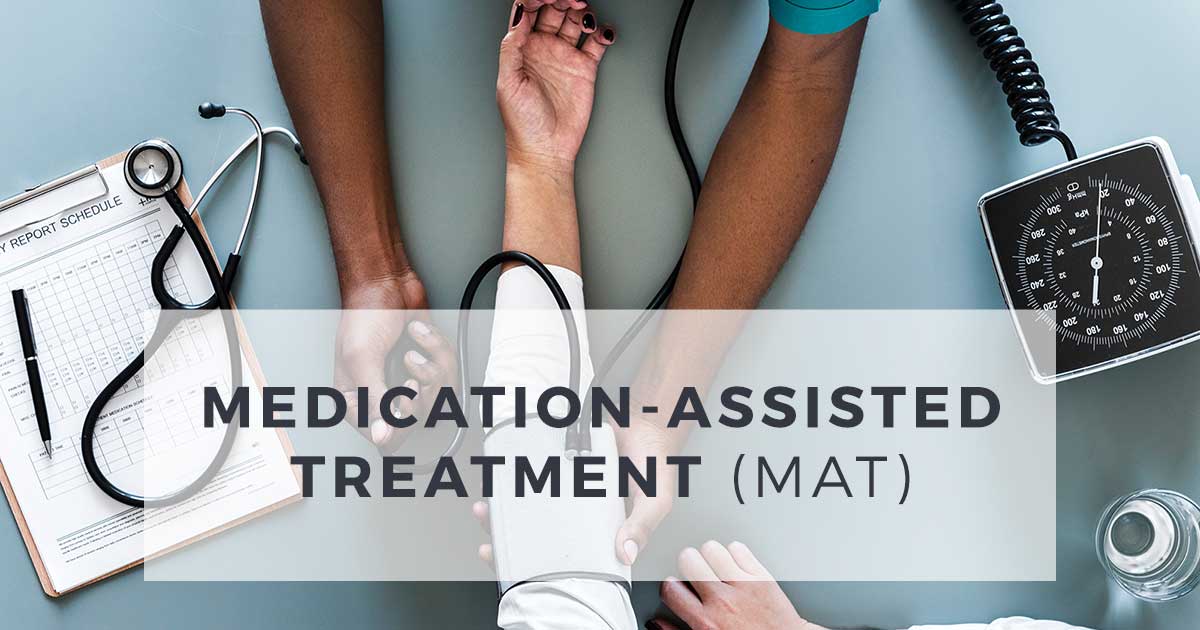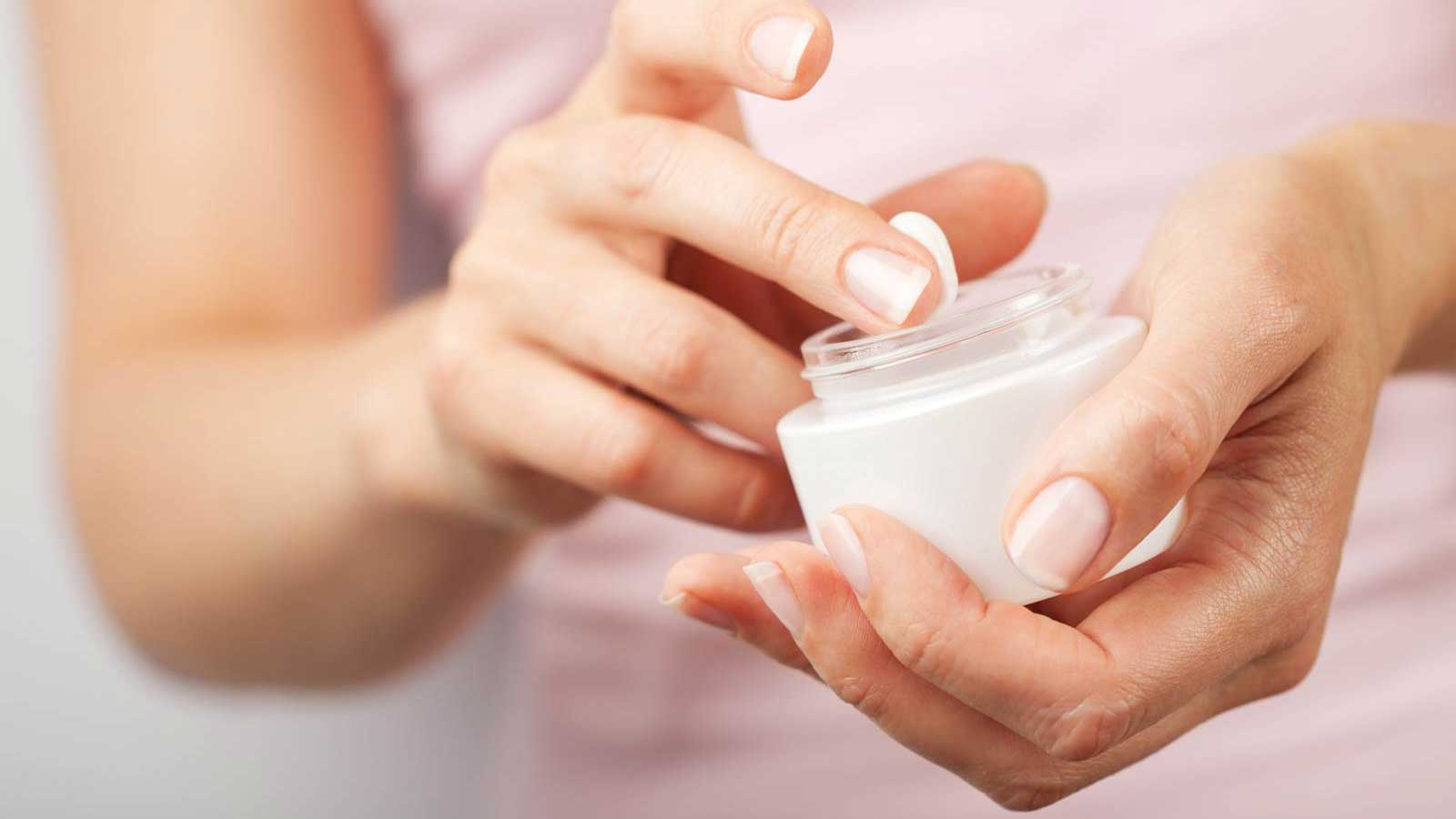Pros and Cons of a Medication-Assisted Treatment Program

When it comes to the value of a medication-assisted treatment program it really depends on the quality of the program that is conducting the treatment. If the treatment is facilitated in an environment that is geared more toward recovery than profit, there is a good chance that the endeavor will be a positive one.
In any case, regardless of the quality of the program, there are always positive and negative sides to any treatment. We plan to map out what is good and what is bad about different types of addiction treatment methods. Keep in mind, however, that the outcome of addiction treatment lies mostly in the hands of the person being treated. If they choose to do what they need to do in order to stay away from substances, they have a great chance. If they choose to make excuses and continue using whatever it is that they are having problems with…nothing will change.
If nothing changes…nothing changes.
Table of Contents
What is Medication-Assisted Treatment?
First and foremost, it is important to understand what mediation-assisted treatment is…and what it isn’t. There are many misconceptions about this type of treatment, and there are ways for businesses to exploit it and make a huge profit off of other people’s addictions. In order to get an idea of what to expect from this kind of treatment, it is best to formulate and clarify the end goal before the treatment starts.
One of the most popular ways to treat opioid addiction is to wean the user off of the drug slowly by means of an opioid agonist and an opioid blocker. The science behind this theory makes sense if you understand how opioids work.
Opioid addiction comes as a two-fold enemy. On one side of the spectrum, when a person uses opioids they are presented with amazing feelings of euphoria and happy emotions. In fact, if a person is struggling with mental health issues, such as depression and anxiety, uses opioids, the ill feelings suddenly drift away and all they feel is the bliss that the drug gives them.
As soon as the drug wears off, the old feelings return. The only way that the user feels they can control the negative feelings that they experience on a daily basis is to chase them away with another pill, shot, or toke.
In addition to the feelings of euphoria, if a person uses opioids on a daily basis, the brain stops directing the body to create natural endorphins that help to ease pain, ease stress, promote relaxation and cultivate sleep.
Once the body stops creating these endorphins, the person becomes dependent on the drug to provide these endorphins. If the user suddenly stops using the drug, the body is without a way to naturally reduce pain, relax, and even fall asleep.
You can imagine the torment a chemical dependant individual will endure once they are without the proper chemicals that have to be present in order to obtain balance and harmony in the body.
Imagine a person giving up their own personal bliss that keeps them from debilitating depression and dealing with the pain of opioid withdrawal at the same time.
For a person to separate themselves from the chains of opioid addiction it is a big deal. This is exactly why opioid addiction is such a problem in the United States. Once a person is “hooked” it is nearly impossible to quit.
This is where medication-assisted treatment comes into the picture. With the use of an opioid agonist, which provides the body with the fundamentals of the opioid itself, and an opioid blocker, which blocks the user from feeling the euphoric effects of that opioid the person can get enough of the necessary elements of the opioid to allow them to be gradually weaned off of the drug and allow the body to regain its natural ability to produce the chemicals that it needs.
The idea behind medication-assisted addiction treatment is so that the user can be gently pulled through the withdrawal stage, and freed from the physical need for opiates.

Pros of Medication-Assisted Treatment
The pros of using medication to get off of opiates probably outnumber the cons because at the end of the day, if the treatment works and the person is able to live their life without being chained to a substance everything gets better. Some of the higher pros of using medication to get off of opiates and other drugs are:
- Minimal withdrawal symptoms
- Positive psychological support
- Medial assistance through treatment
- Safe, protected environment to “kick” the habit
When a person checks into a treatment facility with the intent of getting off drugs the facility will gently, but sternly guide them through the process of “getting clean.” The difference between a person locking themselves in a room with a bed for a week, and going to a place where there is 24-hour support to help them get off of the substance can be the difference between life and death, or success and relapse.
If it was as easy as simply stopping the use of the drug for a few days and storming out withdrawal symptoms, there would not be the problems behind opioid addiction that there are today.
Withdrawal symptoms can be extremely unpleasant, and even deadly if they happen without supervision or help. Many of the people that go through withdrawals “cold turkey” endure some almost horrific symptoms such as:
- Body pains
- Diarrhea
- Vomiting
- Fever
- Shakes
- Chills
- Sweats
- Cramping
- Sleeplessness
- Psychological agony
In addition to the physical agony that a person will endure throughout the withdrawal process, they can also experience severe depression, anxiety, rage, confusion, and other unpleasant emotions.
With the help of proper medication and support a person that stops using opiates has a much better chance of getting off of them and staying off of them than a person that has little or no assistance at all.
Cons of Medication-Assisted Treatment
Although medication-assisted treatment can be a great thing for many people, for some it is not the best way. It all depends on the situation of the person. The problem is that the medication that is used to wean people off of opiates is often more addicting than the drug they are trying to get off of. So, if it is not done correctly the person can be in worse of a situation than before.
If the person is not ready to stop using their substance, all of the medication therapy in the world will not help. Believe it or not, there are plenty of crooked individuals out there that sell these types of medications on the street for profit.
On another note, the addiction treatment industry is booming. Although there are plenty of addiction treatment centers and resources that are out there primarily to help people, there are a lot of places that only want to make a profit.
Some of these so-called addiction clinics do nothing but get patients to sign contracts that lock them into yearly treatment services that only provide doses of medication such as methadone. Instead of working with the patient towards the goal of complete abstinence from the drug, they tell them that they understand that they don’t want to stop using. Instead of helping them get off of the drugs completely, they provide them with the drug and their insurance company pays for it. This ends up being a huge profit for the treatment centers with limitless income on a steady basis.
The end result is a “clinic” that is conveniently located in a poverty-stricken neighborhood where patients can come in daily and get their doses. They even provide a “weekend dose” so that the workers can go home and enjoy their weekend while the company continues to rake in millions of dollars per week.
In a Nutshell
Drug addiction is a serious problem. Many times when a person is addicted to a substance they lose touch with who they really are and do things they would not normally do. The agencies that have compassion towards the people that struggle with addiction tend to want to be part of the solution as opposed to using the situation as an opportunity to gain profit. The bottom line, however, in all situations is that the person that is using the substance is ready and willing to do what it takes to get off of it. Until then, there is not much anybody can do but continue to put band-aids on the situation and hope the person eventually pulls out of it.



/GettyImages-1156717900-7ae53f13cf5f4d8fb1b8b7ed90521063.jpg)



